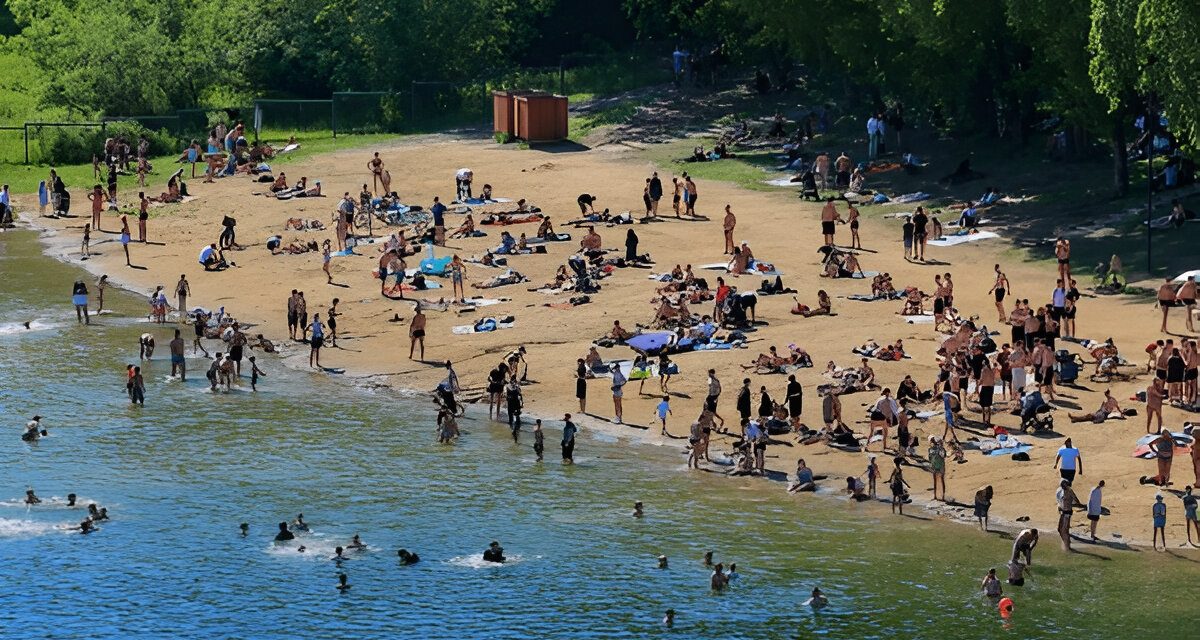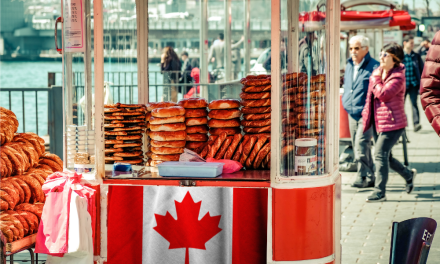If you’re in Ottawa this week, be prepared for some seriously sticky weather. On Wednesday, the city is expected to experience a humidex value close to 40°C, making it one of the hottest and most uncomfortable days of the summer so far. This combination of heat and humidity can be more than just unpleasant—it can be a real health risk, especially for vulnerable groups like seniors, children, and those with existing medical conditions.
In this post, we’ll break down what the humidex means, why Ottawa is facing such intense heat, what the risks are, and how you can stay safe during this sweltering stretch.
What Is the Humidex and Why Does It Matter?
First things first: what exactly is the humidex? The humidex is a temperature index used in Canada to measure how hot the weather feels to the average person by combining actual air temperature with humidity levels. Simply put, it tells us the “feels-like” temperature.
Humidity is the amount of moisture in the air, and when it’s high, sweat doesn’t evaporate as easily from your skin. Evaporation is our body’s natural cooling mechanism, so when it slows down, it feels hotter outside than the thermometer shows. This is why a 32°C day with high humidity can feel like it’s almost 40°C.
Ottawa’s forecasted humidex nearing 40°C on Wednesday signals dangerously hot and muggy conditions that can quickly lead to heat stress and heat-related illnesses if proper precautions aren’t taken.
Why Is Ottawa Experiencing Such Extreme Heat?
There are several factors behind Ottawa’s hot and humid weather this week. A warm air mass is moving up from the southern United States, bringing high temperatures to much of the eastern part of Canada. This is combined with increased moisture levels, likely from recent rains and humidity trapped by local waterways like the Ottawa River and surrounding lakes.
Urban environments like Ottawa tend to amplify heat due to the “urban heat island” effect. Concrete, asphalt, and buildings absorb heat throughout the day and release it slowly overnight, keeping the city warmer than surrounding rural areas. This effect is especially pronounced during heatwaves, leading to even higher humidex values in the city.
Additionally, stagnant air conditions and lack of strong winds can trap heat and humidity near the surface, further increasing discomfort levels.
What Are the Health Risks of High Humidex?
High humidex values are more than just a matter of discomfort—they pose real risks to human health. When the humidex climbs towards 40°C, the risk of heat exhaustion and heat stroke increases significantly. Symptoms of heat exhaustion can include heavy sweating, weakness, dizziness, nausea, headache, and muscle cramps.
If left untreated, heat exhaustion can escalate into heat stroke, a medical emergency where the body can no longer regulate its temperature. Heat stroke symptoms include confusion, loss of consciousness, seizures, and a rapid heartbeat. Immediate medical intervention is critical.
Certain groups are especially vulnerable during such hot and humid weather:
- Older adults: Aging bodies are less efficient at regulating temperature.
- Young children: They have less ability to sweat and cool down.
- People with chronic illnesses: Heart, lung, or kidney diseases can be worsened by heat.
- Outdoor workers and athletes: Prolonged exposure to heat increases risks.
Even healthy adults can suffer if they exert themselves too much without adequate hydration and cooling.
How Can Ottawa Residents Stay Safe During the Heat?
Given the risks, it’s important for residents to take the heat seriously and follow some simple tips to stay safe:
- Stay Hydrated: Drink water regularly throughout the day, even if you don’t feel thirsty. Avoid alcohol and caffeine as they can lead to dehydration.
- Limit Outdoor Activities: Try to avoid being outside during the hottest part of the day, typically between 11 a.m. and 4 p.m. If you need to be outdoors, take frequent breaks in shaded or air-conditioned areas.
- Wear Appropriate Clothing: Light-colored, loose-fitting clothes made of breathable fabrics like cotton will help your body stay cool.
- Use Fans and Air Conditioning: If you have air conditioning, use it to cool your living space. If not, consider visiting public cooling centers, libraries, or shopping malls during peak heat hours.
- Check on Vulnerable People: Make sure elderly neighbors, young children, and those with health conditions are coping well. They may need extra assistance during heatwaves.
- Avoid Strenuous Exercise: Postpone intense workouts or heavy physical labor to cooler parts of the day or indoors.
- Recognize Heat Illness Symptoms: Know the signs of heat exhaustion and heat stroke, and seek medical help immediately if someone shows severe symptoms.
How Long Will the Heat Last in Ottawa?
Meteorologists expect the humidex peak to be on Wednesday, with temperatures and humidity levels remaining elevated through Thursday. Fortunately, a cooler front is forecast to move through by late Thursday or Friday, bringing relief with lower temperatures and less humidity.
It’s important to stay updated with local weather alerts from Environment Canada, which may issue heat warnings or advisories as conditions evolve.
The Bigger Picture: Preparing for More Intense Heatwaves
Ottawa’s upcoming sticky Wednesday isn’t just a one-off event. Climate change is increasing the frequency and intensity of heatwaves worldwide, and cities like Ottawa need to be ready to cope with these conditions more regularly.
Urban planners and public health officials are already working to adapt through initiatives such as increasing green spaces, planting more trees, improving cooling infrastructure, and raising awareness about heat safety.
If you’re interested in sustainable urban solutions that can help cities manage extreme weather better, check out our article on The Future of Urban Living: Sustainable City Planning in Canada.
Final Thoughts
Ottawa’s humidex nearing 40°C this Wednesday serves as a reminder of how powerful and dangerous heat and humidity can be. While it may be tempting to push through the discomfort, prioritizing your health and safety—and that of those around you—is essential.
Stay hydrated, avoid unnecessary outdoor exposure during peak heat, and look out for vulnerable individuals in your community. By taking simple precautions, we can all get through this sticky summer day safely.
On a different note, recent security concerns such as the deployment of fighter jets after a plane strayed into restricted G7 airspace near Kananaskis show how rapidly situations can escalate, reminding us of the many challenges cities face beyond weather. Read more about that incident here.
Stay cool and stay safe, Ottawa!











